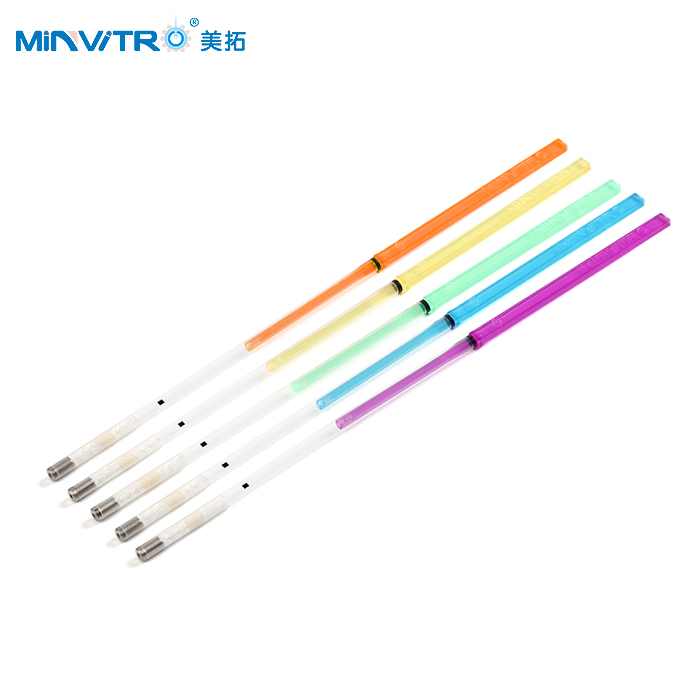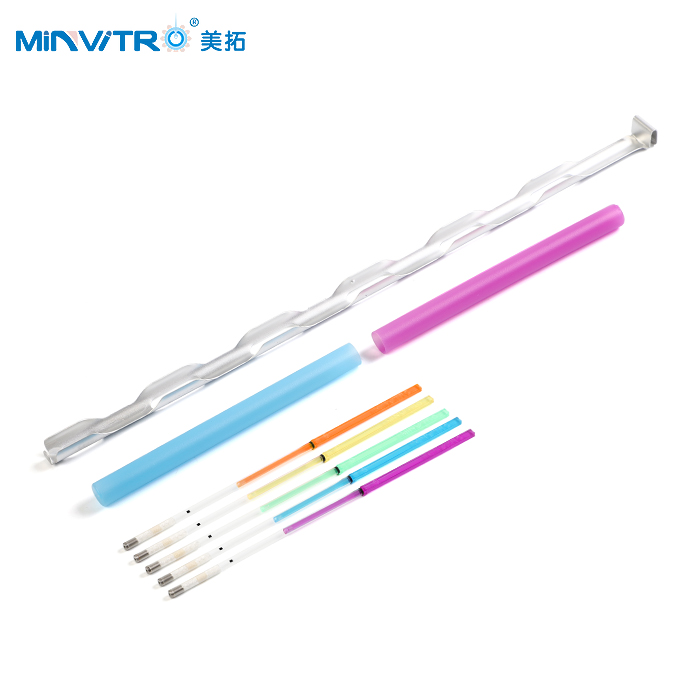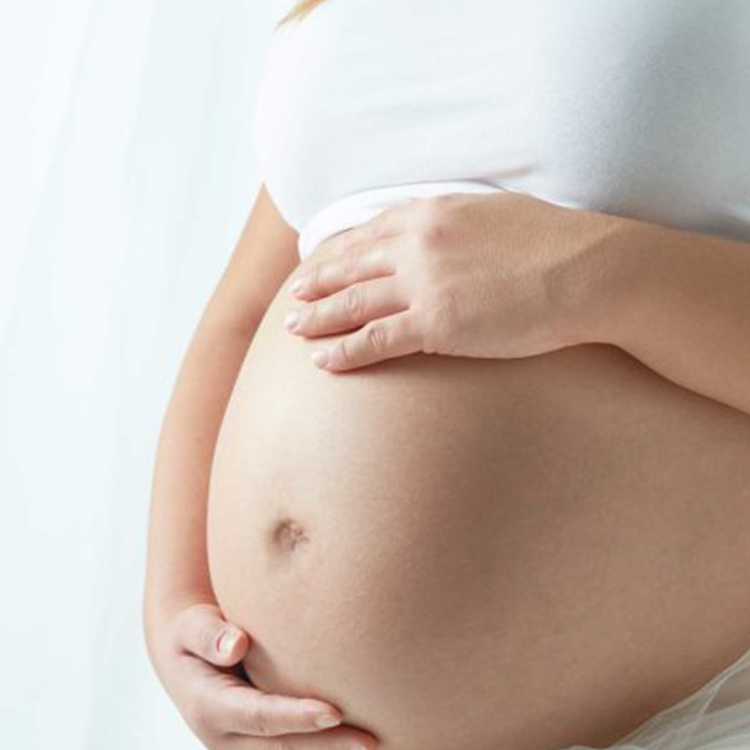The successful pregnancy of mammalian frozen-thawed embryos began in 1972 and has a history of more than 40 years. In the past 40 years, its technology has been very mature and widely used. It can provide corresponding help to families with problems in pregnancy in different countries and regions, and the embryo freezing rate is increasing worldwide.
"What's the difference between fresh and frozen embryos?"
Some scholars have analyzed and compared a number of clinical trials of frozen embryo transfer and fresh embryo transfer. The results show that there is no significant difference in the live birth rate, clinical pregnancy rate, and miscarriage rate after frozen embryo transfer in normal ovulatory population. That is to say, for people who ovulate normally, there is not much difference between using frozen embryo transfer and fresh embryo transfer.
The use of Minvitro vitrification straw(cryotop) is particularly recommended for embryo or oocyte freezing.

Minvitro vitrification straw(cryotop) not only have excellent market-proven results, but also provide an excellent user experience. It has an exceptionally high survival rate at every developmental stage of oocytes and embryos, contributing to bringing hundreds of thousands of healthy cryopreserved embryos into the world. Its design allows sample loading for vitrification in the smallest volume (0.1 µl), providing the best cooling and heating rates on the market, resulting in ultra-high viability.

In foreign IVF, doctors still recommend frozen embryo transfer. Why?
1. For people with abnormal ovulation, such as polycystic ovary syndrome (PCOS) patients, frozen embryo transfer can improve the live birth rate;
2. For people whose ovaries are more sensitive to ovulation drugs, such as ovarian hyperstimulation syndrome (OHSS) people and younger women, frozen embryo transfer can regulate the regulation of female hormones, so as to achieve the best physical condition for transplantation;
3. Frozen embryo transfer can reduce the occurrence of premature birth, low birth weight infants, small for gestational age infants, ectopic pregnancy and many other situations;
4. Many prospective parents who use assisted reproduction and IVF have some fertility problems. Most women still have ovulation problems, so doctors will recommend frozen embryo transfer.
So the question is, who is suitable for embryo freezing?
1. Already have a fixed partner, but have no plans to have children for the time being;
2. During the fresh embryo transfer cycle, if the mother has ovarian hyperstimulation syndrome, uterine effusion, abnormal hormone levels, etc., it cannot be transferred normally;
3. Multiple embryos are formed in the fresh transfer cycle, and there are still remaining embryos after the transfer;
4. Women with poor ovarian function can only obtain fewer eggs each time, and need to perform multiple egg retrievals;
5. Women themselves suffer from some diseases, which may affect reproductive function during treatment, such as cancer patients.

Minvitro vitrification straw(cryotop) are cumulatively used in more than millions of clinical cases for cryopreservation of oocytes and embryos, with excellent results in more than 10 countries and more than 1,000 assisted reproduction centers.

